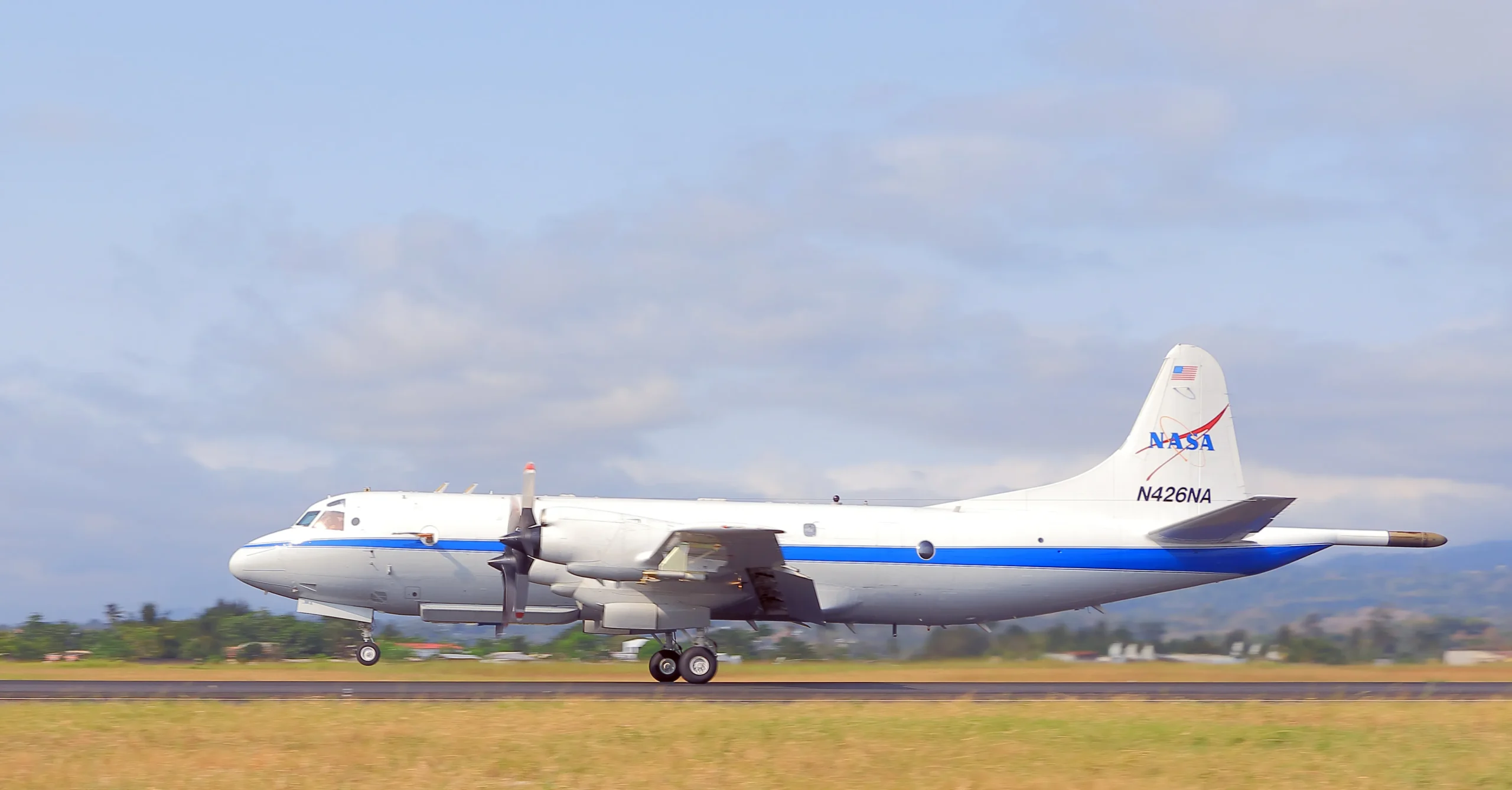
CALIFORNIA – The Jet Propulsion Lab (JPL) announced from Sunday, June 29 to Wednesday, July 2, that two research aircraft will make a series of low-altitude atmospheric research flights over the Los Angeles Basin, Salton Sea, and Central Valley to collect data on air pollutants and greenhouse gas emissions.
NASA will also make flights near Philadelphia, Baltimore, and some Virginia cities, including Richmond between June 22 and Thursday, June 26.
The flights, part of NASA’s Student Airborne Research Program (SARP), will use the agency’s P-3 Orion and a contracted King Air B200 aircraft.
The program is an eight-week summer internship that provides undergraduate students with hands-on experience in every aspect of a scientific campaign.
“The SARP flights have become mainstays of NASA’s Airborne Science Program, as they expose highly competitive STEM students to real-world data gathering within a dynamic flight environment,” said NASA Wallops chief of flight operations Brian Bernth.
Pilots will execute vertical spirals between 1,000 and 10,000 feet
Pilots will operate the aircraft at altitudes lower than typical commercial flights, executing specialized maneuvers such as vertical spirals between 1,000 and 10,000 feet, circling above power plants, landfills, and urban areas.
Flights will include missed approaches at local airports and low-altitude flybys near runways to collect air samples near surfaces.
NASA’s P-3, based at Wallops Flight Facility in Virginia, is a four-engine turboprop equipped with six science instruments for 40 hours of SARP flights on each U.S. coast. The King Air B200 will fly concurrently with the P-3 on an independent flight path.
Students will help operate science instruments onboard to collect atmospheric data.
For more information about SARP visit https://science.nasa.gov/earth-science/early-career-opportunities/student-airborne-research-program/

